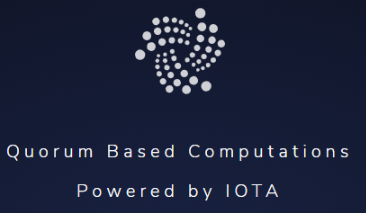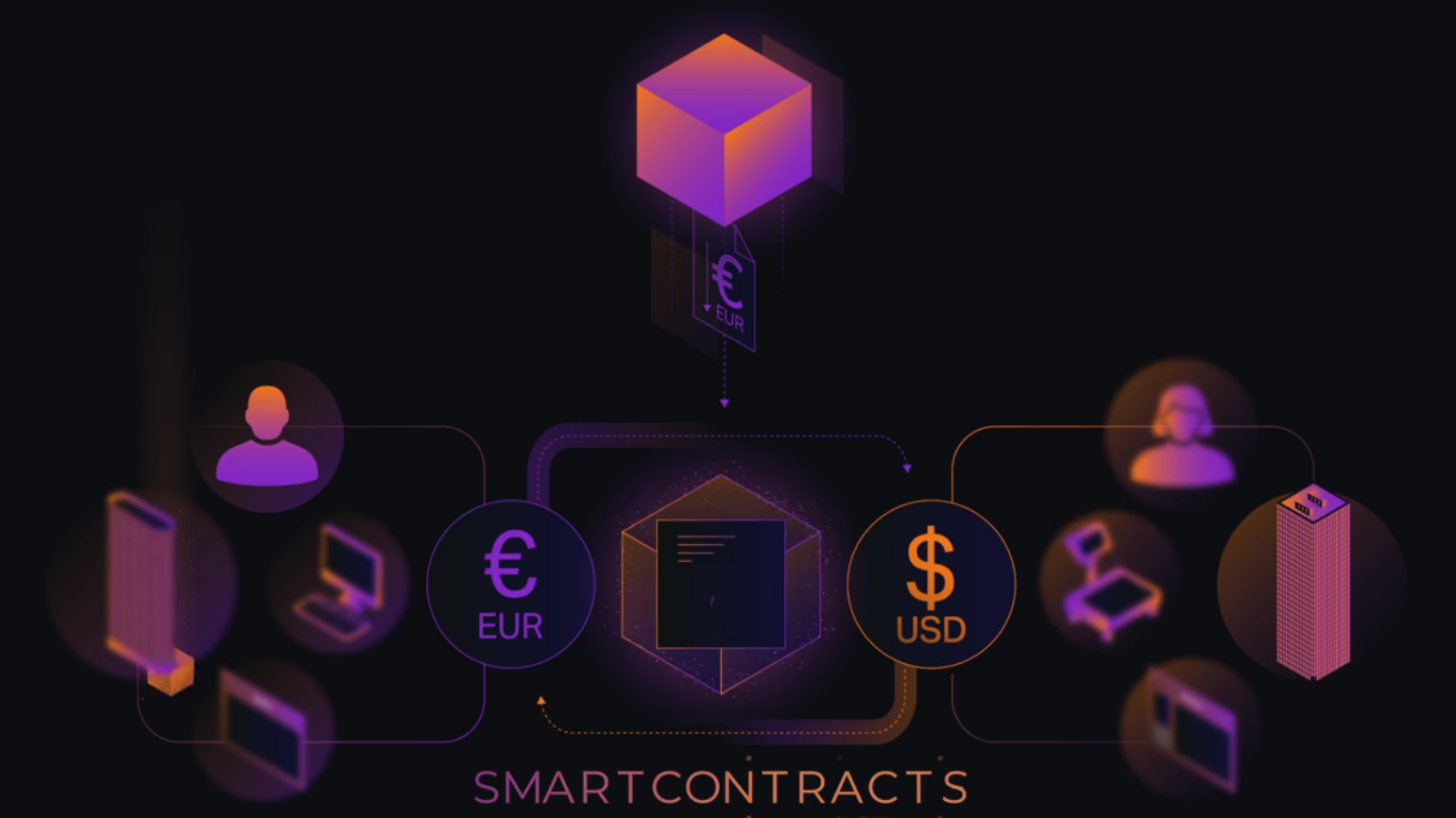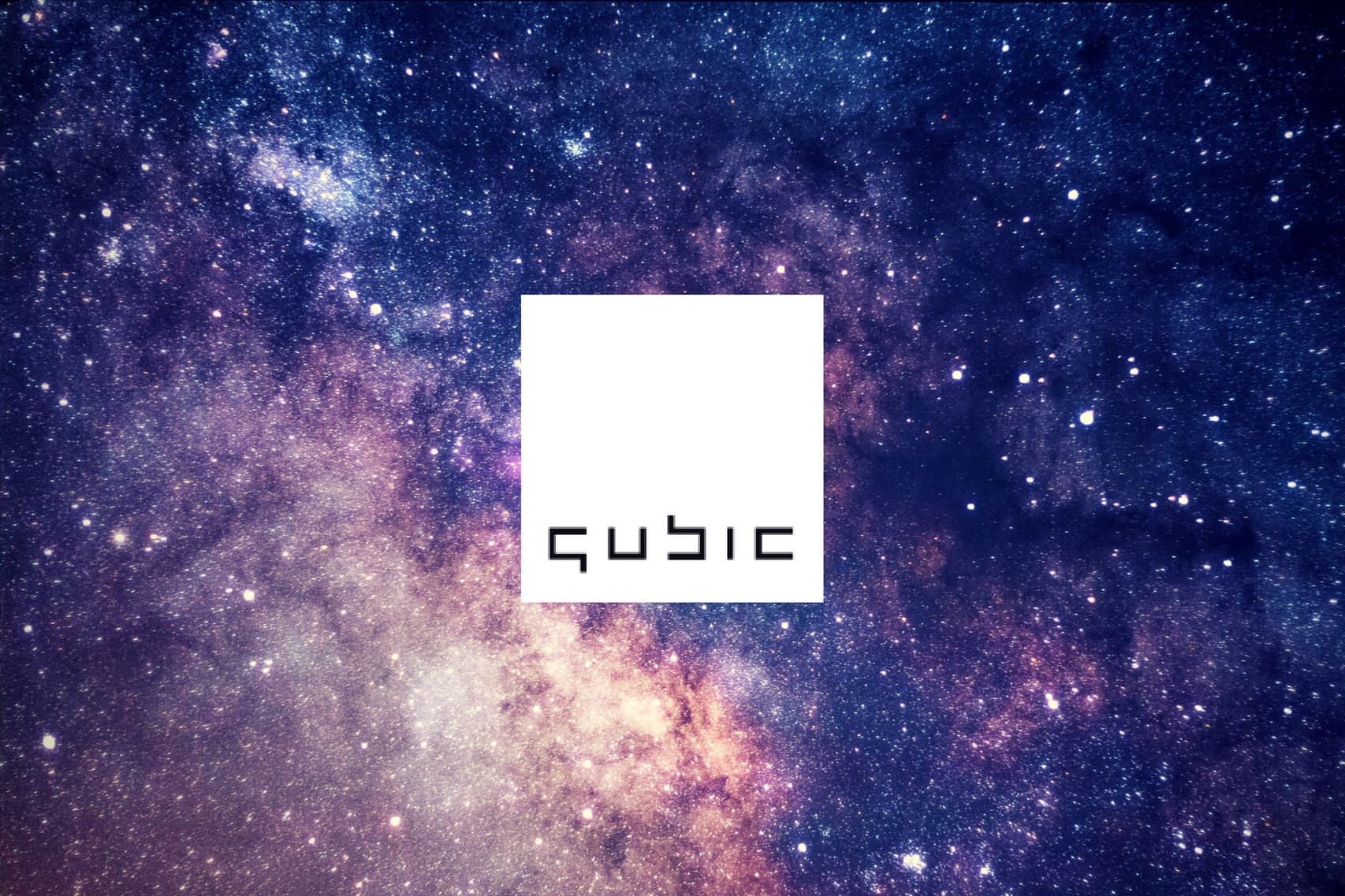On June 3, the IOTA foundation finally released details regarding its highly anticipated project, Qubic. The community already received a teaser and was hyped up by the IOTA founders, with the team calling the project their most significant milestone yet and indicating that the Qubic project will be IOTA’s main focus for the next 2 years.
Qubic gives several more dimensions to the already futuristic IoT-oriented platform by allowing the construction of oracle machines, outsourced computations, and smart contracts on IOTA’s Tangle network. These will allow for myriad new applications in the IOTA ecosystem.
In this article, we discover why Qubic is a big deal for the IOTA ecosystem.
What Exactly is Qubic?
The name Qubic comes from the initially-given acronym QBC, which stands for quorum-based computations. This kind of computation is used in distributed computing systems—which blockchains and IOTA’s Tangle are—and is a technique used to gain consistent, fast computations in a distributed system with the least amount of votes possible. This means they allow for fast computations in a distributed network.

For IOTA, a qubic refers to a packaged, quorum-based computation that is executed according to the Qubic protocol. The launch of Qubic allows the IOTA network to make QBC computations, making a lot more features, or qubics, possible for the Tangle-based network.
The implementation of the Qubic protocol will have a massive impact on the applications that IOTA’s Tangle will be able to provide. It enables applications used to create complete machine economies.
With the Qubic protocol, oracles, outsourced computing, and smart contracts are possible—all vital components of any future economy that is fully automated, and in which value can be transferred securely. The qubics will become the nodes in a machine economy that ensure its validity.
Here are some examples of qubics.
Oracle Machines
Oracle machines are used to read and transmit data from the real world, something that is still a bottleneck for distributed ledger technology in general, as this data stems from factors outside the digital space.
Examples of such data are elections, accurate weather metrics, behavior patterns, stock prices, and fiat/crypto conversions and future options. The latter is already worked on and shows promise and will allow for forwards and options on cryptocurrencies, providing a hedge for parties demanding minimization of their risk exposure to crypto’s volatility.
The oracle machines made possible by Qubic allow the network to access external data, connecting IOTA to its external environment. The qubics will ensure validity and a high degree of certainty to the external data.
Outsourced Computations
Outsourcing computations basically comes down to buying (or selling) additional computing power from the network. The Qubic protocol enables this on the IOTA Tangle network, turning its network into computing marketplace.
For this outsourced computation marketplace to work, trust is needed which is provided through Qubic. The Qubic protocol ensures that the outcomes of the outsourced computations through qubics can be trusted with a high degree of certainty.
Smart Contracts
The fact that the Qubic protocol makes smart contracts possible for the IOTA network is likely the most exciting aspect of this project.
It will enable automated execution of agreements (between devices) on the IOTA network, and thus are a huge step towards a fully automated network of value. These smart contracts will also provide the backbone for the previously mentioned oracles and outsourced computing.
Enabling smart contracts means that IOTA can compete with platform blockchains such as Ethereum and NEO, while also leveraging its advantage of being multitudes faster and cheaper (fee-free, that is). IOTA has a scaling solution that platforms such as Ethereum cannot fundamentally compete with.
While Qubic is of course capable of supporting these kinds of traditional smart contracts, the combination of fee-free transactions together with general-purpose quorum-based computation opens the door to entirely new possibilities.
If all these innovations come together as envisioned by the IOTA team, the IOTA network has the potential to blow away its competition.
Banking on Tangle
In the introduction video of the Qubic project, we can see a clear focus on fiat currencies and their conversion, in combination with the proposed applications of Qubic. We can see an oracle application using Bloomberg.com’s EUR/USD rate to put this data on IOTA’s Tangle.
The video also seems to hint that direct fiat trading through smart contracts could become a possibility. This has been confirmed by the IOTA team on Qubic’s introduction page, on which they give a clear example of how Qubic would support FOREX trading.

The Qubic protocol could thus also enable fee-free, decentralized banking which would be a major game changer not only for IOTA, but also for cryptocurrencies in general.

What Qubic Means for IOTA’s Future
It may not come as a surprise that IOTA’s key focus has always been to become the backbone of the approaching Internet of Things (IoT).
Project Qubic is a major step for IOTA towards this goal, as the to-be-launched qubics enable devices to become fully integrated into the autonomous IoT through features such as oracles (IoT needs external data), outsourced computations (not all IoT devices are computationally strong), and smart contracts (IoT devices need to automate collaboration).
Combining these 3 applications presented by the IOTA team, we can start to see where IOTA fits in the upcoming IoT/machine economies.
The fee-free approach of IOTA make its Tangle technology much more suitable for the IoT than any blockchain competitor, since the IoT will execute transactions and smart contracts by the millions per second once it’s fully operational.
This gives rise to the idea that IOTA might be on its way to becoming the go-to distributed ledger solution for IoT, leaving other platforms far behind. The new applications of the IOTA network enabled by the introduced Qubic protocol have the potential to vastly increase the number of potential users.
IOTA stated that Qubic “will be a platform for the greater community and ecosystem to create things we can’t even imagine yet.”
The Qubic protocol is an enormously valuable contribution to the IOTA ecosystem. The qubics that the protocol enables can be used to build applications for oracles, outsourced computing, smart contracts, and a potentially highly disruptive financial system on the IOTA network.
It will require some time before we can see the true benefits of Qubic—as the team indicated that they expect to fully work on its development for another 2 years at least—but the fact that the Qubic protocol is a highly valuable addition and potentially game changing to the IOTA ecosystem is crystal clear.
Related: What the Future Holds for IOTA

